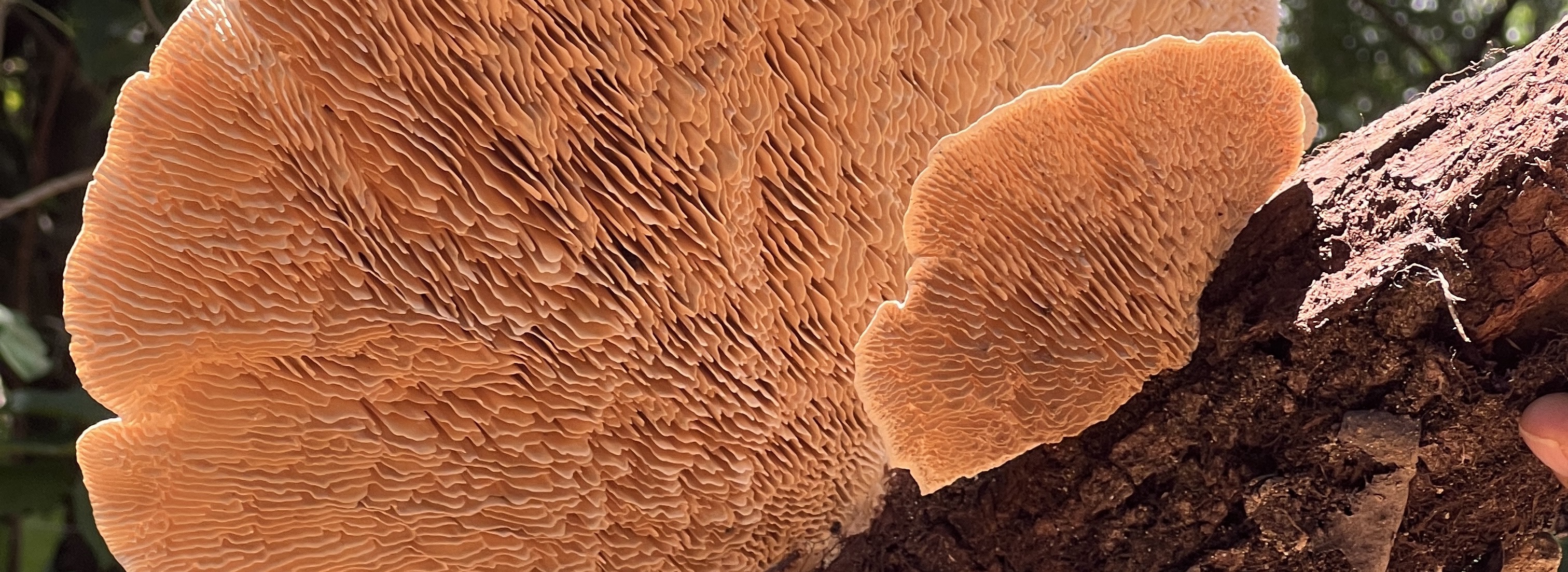
Monteverde Institute: Tropical Ecology and Conservation
Alternative Title
Síndrome de polinización y protección del néctar en Brugmansia suaveolens (Solanaceae)
Files
Download Full Text (597 KB)
Publication Date
May 2011
Abstract
Specialization between plant and pollinator species has resulted in the development of pollination syndromes in which suites of floral traits attract specific pollinators. While plants use nectar as a reward to attract pollinators, they must also defend themselves, either chemically or morphologically, against nectar robbers. Brugmansia (formerly Datura; Solanaceae) has been described as possibly sphingid, hummingbird, bee, or bat pollinated, underscoring how little is known about pollination in this genus. It is also heavily protected chemically, including the flowers. One aim of this study was to examine floral traits and compare them to known pollination syndromes to determine the most likely pollinators of B. suaveolens. Additionally, I looked for possible chemical protection of nectar and petals against nectar robbers. I studied the change of pollen load and the sucrose concentration in nectar every morning and night for 70 flowers in Cañitas, Costa Rica; I also did two experiments regarding ant preferences of B. suaveolens nectar and petals. Pollen load decreased over time, mostly at night, suggesting nocturnal pollinators that were recruiting to the flowers. Sucrose concentrations in nectar also decreased over time and were higher in the morning than at night, possibly due to evaporation and condensation. My data suggest that the dominant pollinators of B. suaveolens are most likely bats and hawkmoths; bees may be secondary diurnal pollinators. Neither petals nor nectar deterred ants suggesting there is no chemical protection against nectar robbers in the flowers. Nectar thievery by insects, possibly including bees, appears to be especially prevalent in older flowers.
Resumen
La especialización entre las especies de plantas y los polinizadores ha resultado en síndromes de polinización en los cuales los rasgos florales atraen a los polinizadores específicos. Mientras las plantas usan el néctar como recompensa para atraer a los polinizadores, ellos deben también defenderse ellos mismos, tanto química como morfológicamente, contra los ladrones del néctar. Brugmansia (Solanaceae) ha sido descrita como polinizada posiblemente por Polillas, colibríes, abejas o murciélagos, demostrando lo poco que se sabe a cerca de la polinización en este género. Esta también altamente protegida químicamente, incluyendo las flores. Uno de los objetivos de este estudio fue examinar los rasgos florales y compararlos con los síndromes de polinización conocidos para determinar el posible polinizador de B. suaveolens. Adicionalmente, busque por posibles protecciones químicas del néctar y pétalos contra los ladrones del néctar. Estudie el cambio en la cantidad de polen y las concentraciones de sacarosa en el néctar de 70 flores cada mañana en Cañitas, Costa Rica; también realice dos experimentos con respecto a la preferencia de los pétalos y del néctar por parte de las hormigas. La cantidad de polen disminuye conforme el tiempo y generalmente durante la noche sugiriendo que los polinizadores nocturnos visitaron las flores. La concentración de sacarosa en el néctar disminuye también conforme el paso del tiempo y es mayor durante la mañana que la noche, posiblemente debido a la evaporación y condensación. Mis datos sugieren que el polinizador dominante de B. suaveolens son probablemente los murciélagos o las polillas; las abejas pueden ser polinizadores secundarios durante el día. Ni pétalos ni néctar espantan las hormigas sugiriendo que no hay protección química contra los ladrones del néctar en las flores. El robo del néctar por los insectos, incluyendo posiblemente a las abejas, parece ser especialmente prevalente en las flores viejas.
Keywords
Pollination by animals, Plant defenses, CIEE Spring 2011
Palabras claves
Polinizado por animales, Defensas de las plantas, CIEE Primavera 2011
Extent
13 pages
Geographic Location
Cañitas (Guanacaste, Costa Rica)
Holding Location
Monteverde Institute
Language
English; Spanish
Media Type
Articles
Format
Digital Only
Identifier
M39-00248
Type
Book
Recommended Citation
Mejicano, Elizabeth, "Pollination syndrome and nectar protection in Brugmansia suaveolens (Solanaceae), May 2011" (2011). Monteverde Institute: Tropical Ecology and Conservation. 570.
https://digitalcommons.usf.edu/tropical_ecology/570


